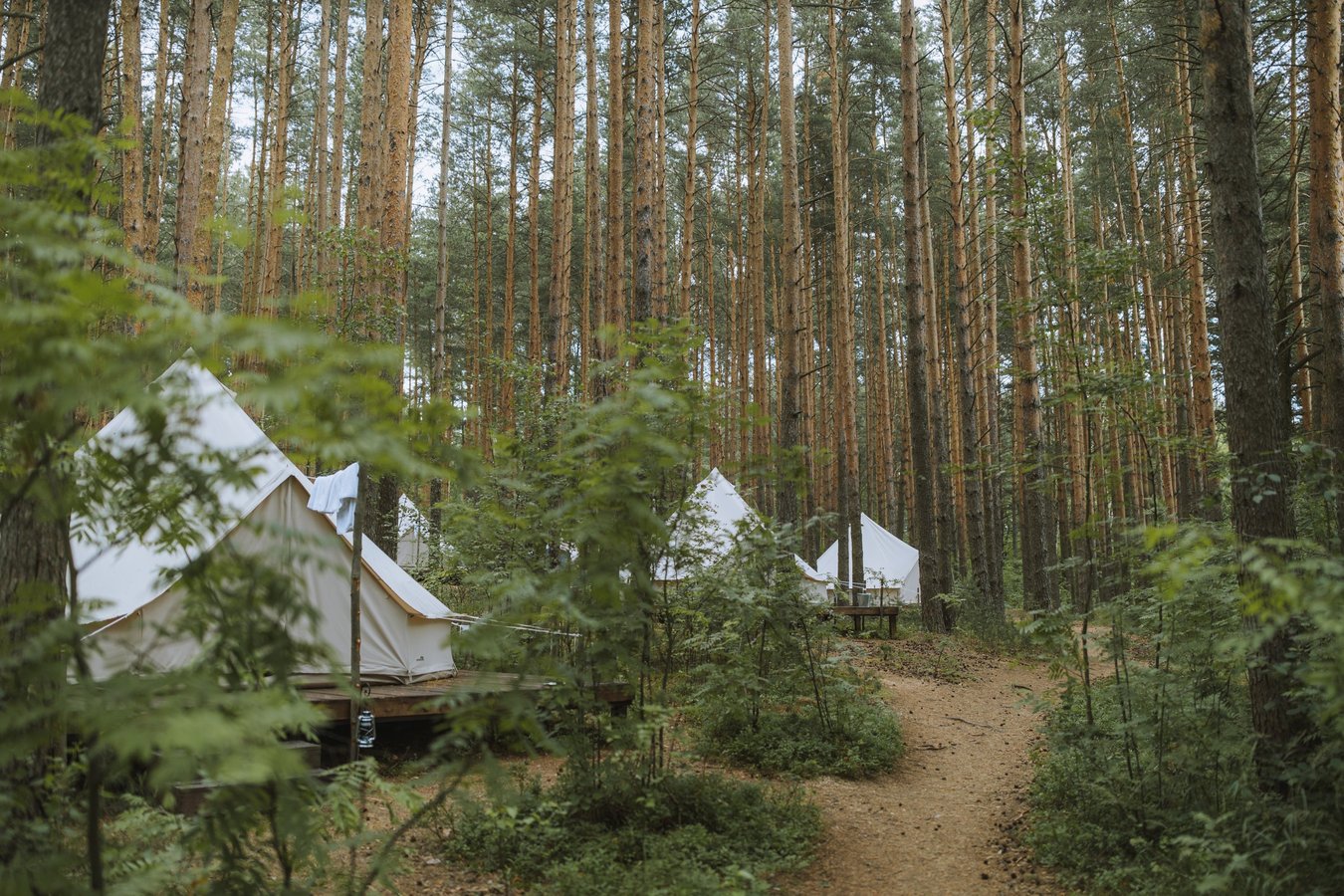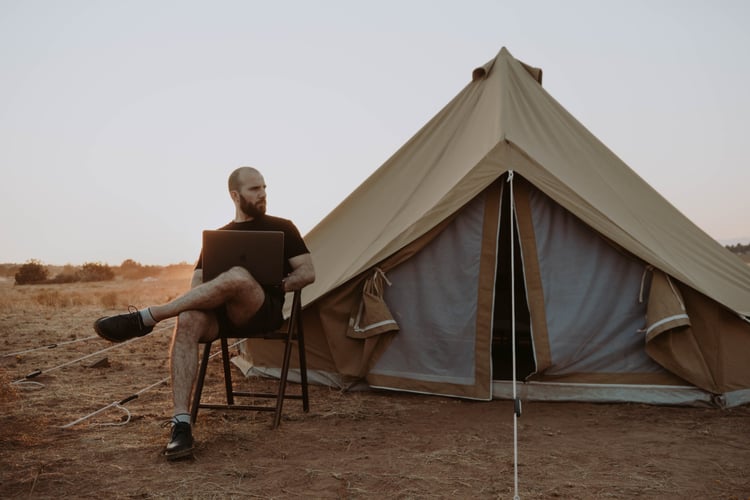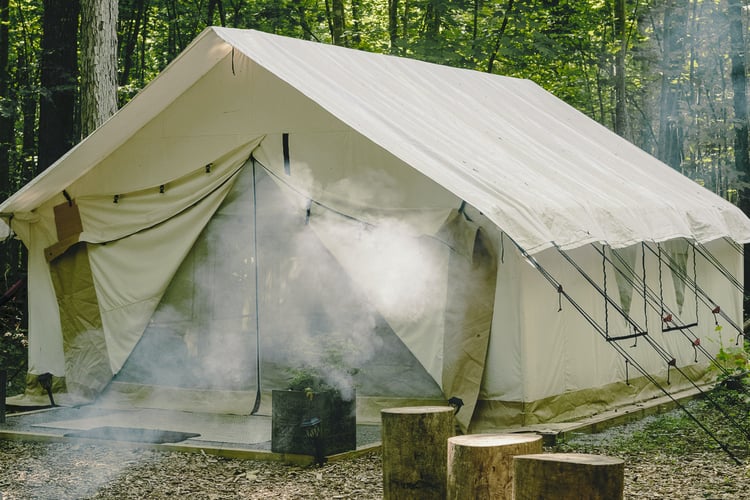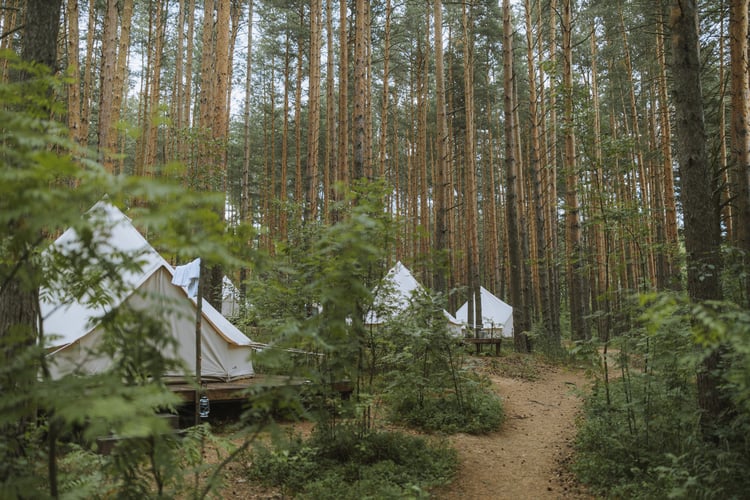What is a Channel Manager?


What permits do I need to start a glamping business? Well, zoning and permitting is a crucial step in planning a glamping site and is one of the first things business owners need to check before investing capital into a glamping project.
Branch Out Ventures has teamed up with Glampitchet, North America - the expert consultants in site planning, permitting, and zoning for glamping business to give you an overview of the concepts and differences between zoning and permitting, how to check your zoning district, how to apply for a conditional permit, or a special use permit and how they affect your glamping business plans.

Before we deep dive into each of these topics, we need to understand what we mean by the terms “zoning” and “permitting”.
While zoning and permitting are separate processes, it’s important to understand the difference so that when you’re ready to build a glamping site, you have a clear step-by-step process to follow. First, you need to learn which zoning laws apply to your property, and then you’ll have a better understanding of which permits you need to legally start a glamping business.

By doing a zoning check, you’ll be able to see if legally you’re allowed to open a glamping site. Unfortunately, even if you’ve got your heart set on building an incredible glamping resort with the most beautiful eco-friendly glamping tents, or using your extra land to create a unique farm-to-table glamping experience, it may just not be possible. It can be hard to come to terms with, and this is important to do this as one of your first steps in starting a glamping business.
How do I know what zoning laws apply to my property?
Zoning and permitting laws vary from state to state, and even among municipalities and counties. So how do you know if your glamping business is likely to have good zoning or bad zoning?
Good or bad zoning totally depends on the individual glamping project and what you’re planning on doing or building on your property. The criteria for a prospective glamping business will be very different when compared to someone who is looking to build a family home.
What is good zoning for a glamping site?
The dream scenario is no zoning at all. In counties with no zoning system in place, you’re not restricted by the rules and regulations of a lengthy zoning ordinance, and you’re generally much freer to develop any kind of project you like. There will still probably be some kind of approval system in place, but it’s unlikely to be particularly stringent. The vast majority of counties do have a zoning system. When you look at a county’s zoning ordinance, you should be finding out if anything glamping-related is permitted within your zoning district.
Don’t panic if you can’t find a specific zoning designation for glamping, and don’t assume that just because it isn’t there, it doesn't exist. “Glamping” will rarely be listed as a permitted use because it’s such a new concept, so you need to look for uses like “Campgrounds”, “Recreational Resorts”, and even “Hotels''. Then, dig into how each use is defined and the specific regulations surrounding each use to see if your project will qualify.
For example, if campgrounds are permitted in your zoning district, and the ordinance states that yurts, domes, and other glamping structures are allowed under the Campground use, we’d say that’s a pretty good zoning situation. On the other hand, if there’s no provision for anything glamping-related in the ordinance, we’d say that’s bad zoning. Most of the time, the situation is somewhere between these two outcomes.

As part of the zoning screening process, you’ll gather a good idea of what permits you’ll need to move forward in your glamping business plan.
If you own a property with the best zoning for glamping, you won’t need to go through an extensive permitting process. However, these properties are rare. It’s likely that your project will be reviewed by an approval board at the very least. A lot of projects will have to go through the conditional use permit process, which is time-consuming and often expensive. You’ll likely need to submit site plans and go through a public hearing process, which can be a lengthy process if neighbors aren’t supportive of your idea.
How to get the right permits for glamping?
Although the process can be long and complex, it’s perfectly possible to acquire permits for a glamping site, provided you have the right zoning. . Here are some of our top tips for navigating the permitting process:

Glampitect North America can help guide you through the process of starting a glamping business, from zoning screenings, to feasibility studies, and more. Get in touch with us for a free consultation.